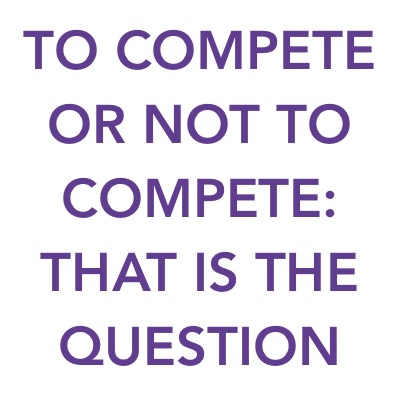 Here is the continuation of Tip 11 from Best Practices are Stupid. Please read yesterday’s post before reading this. In it, I talked about competitions vs collaboration. Now we go to three downsides of traditional brainstorming (there are actually MANY more).
Here is the continuation of Tip 11 from Best Practices are Stupid. Please read yesterday’s post before reading this. In it, I talked about competitions vs collaboration. Now we go to three downsides of traditional brainstorming (there are actually MANY more).
There are several reasons traditional brainstorming sessions don’t work:
1. Serial Processing: If you have ten individuals in a group, only one can speak at any given time. This limits the “bandwidth” of ideas that can be processed. Ten people working individually could theoretically generate ten times more ideas in the same amount of time. However, using collaboration tools can eliminate this problem as people can work in unison, allowing everyone to “speak” at the same time.
2. Social Loafing: When groups work together, there is a tendency for individuals to put forth less effort. They assume that someone else will pick up the slack. Although this is true for group brainstorming sessions, when using other forms of innovation (such as open innovation), this factor tends to have a reduced impact.
3. Groupthink: Finally, it has been shown that if you start the process by working together, you end up with groupthink. That is, as soon as the first idea is thrown out, it tends to influence the thinking of the other contributors. This causes a convergence of solutions too early in the process and narrows the set of ideas that are typically generated.
It is this last reason why it is good to start the process – whether you are using face-to-face brainstorming or virtual crowdsourcing – through a “competitive” approach to problem solving. When conducting brainstorming sessions, it works best to have each person independently write down his or her own creative ideas. Only after everyone generates their own list does the group come together. When using a crowdsourcing approach, it is often useful to start with a competition to get the widest range of solutions, and then, only after selecting the best solutions, do you allow a collaborative community to flesh them out. This gives you get a much richer solution in the end.
Part 3 will be posted tomorrow.

